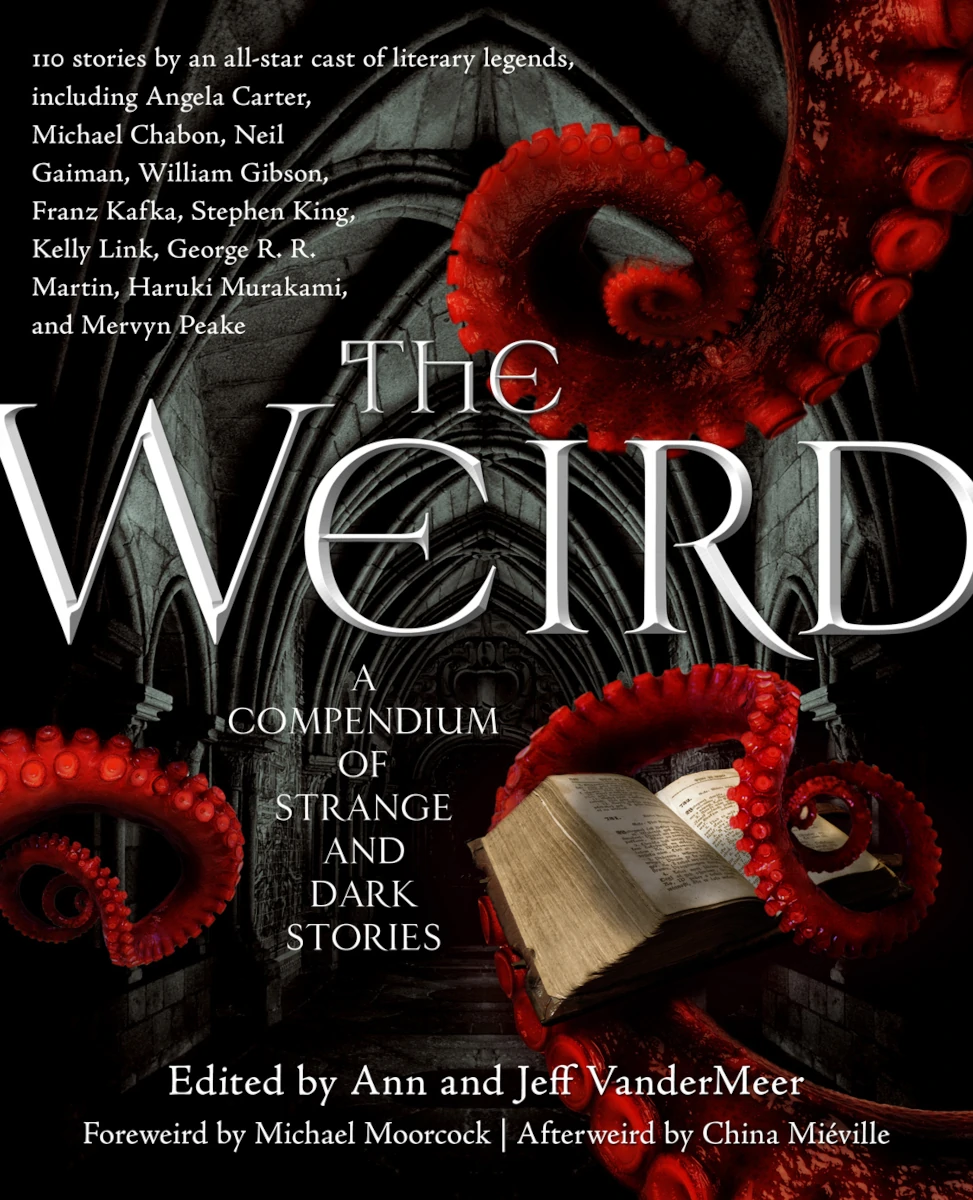
Creepy Stories, Bunny Ears, and HBO’s Other Shows
Words By F(r)iction Staff
Mac Bowers
I recently finished reading The Changeling by Victor LaValle. A dark, creepy fairytale mixed with modern fantasy and commentary on Internet privacy, I loved every second of it. The shape of the story itself felt a bit like a changeling, with the beginning following familiar patterns of the changeling fairytale. However, as it went on, new elements were constantly being added until the novel had undergone a transformation into a story that was completely different and wholly unique. I was genuinely transfixed for the last 100 pages, and I would recommend it as an addition to anyone’s to-be-read pile.
The Changeling can be found at your local independent bookstore, at Barnes and Noble, or online.
Tommy Chisholm
On May 9th I saw Beach House perform at the Moore Theatre in Seattle. It was the last night of their US tour. For a band that gets saddled with labels like dream pop, slowcore, and chillwave, they are unimaginably loud live. I was floored by their hypnotic melodies, their near-seizure-inducing light show, and Victoria Legrand’s smoky vocals. I think she’s my favorite vocalist, unmatched by anyone from what’s left of the indie circuit.
I missed dinner that night and thought I could scarf a sandwich before Beach House took the stage. Instead, I found myself chewing through set-opener Levitation as I sat in the third row of the mezzanine. In the first row sat a little girl with her parents, wearing bunny ears like Louise from Bob’s Burgers. The two ears standing straight up, silhouetted by the stage lights, were pretty adorable. I assume it was her first concert. The band managed to play at least one song from every album. Some of my personal highlights include: “Levitation,” “10 Mile Stereo,” “Beyond Love,” and “Master of None.”
Ariel Fagiola
I finally hopped on the bandwagon and binged Big Little Lies. And I have no regrets. If we all were to allow ourselves some well-made drama TV, this would really hit the spot. There’s something very therapeutic about rich, beautiful people fighting, sharing secrets, and dealing with murder. Plus, HBO brought in Meryl Streep for the next season, so perhaps she’ll bring some high-brow merit to its trashy charm.
Andrew Jimenez
I was recently turned on to the music of Emahoy Tsegué-Maryam Guébrou. Born into a wealthy Ethiopian family in 1923, she went to boarding school in Switzerland, where she studied violin. She returned to Addis Ababa in 1933, just a few years before the Italian occupation—during which time her family were taken as prisoners of war to the island of Asinara. At 19, having returned to Ethiopia with the Polish violinist Alexander Kontorowicz, she joined the Guishen Maryam monastery. She did not play music during her time there; the area was so remote, and the conditions so harsh, that she fell gravely ill and had to return to her family in Addis Ababa. It was here she began composing for the piano, organ, and violin.
Although her work uses the distinct pentatonic modal system that defines native Ethiopian music, jazz phrasing and classical compositional style run strong throughout. Piano pieces like “Homesickness” recall Satie’s Gymneopedies, while one can hear Gershwin in “The Last Tears of the Deceased” and a bit of the Old West in “A Young Girl’s Complaint.” A compilation of her piano compositions, which she first recorded in the mid-1960s to help raise money for an orphanage, can be found on Spotify.
Kaley Kiermayr
Anne Lister wrote about 27 partially-coded volumes (the equivalent of four million words) about her life in the 1800s, and now there’s an HBO show called Gentleman Jack about all the stuff she got up to: being public with her nontraditional gender presentation, loving women, being a swaggering (questionable) businessperson, her home-renovation and travel hobbies, so much more.
When I hear that jaunty theme music and watch Anne decide she’s going to go into the medical field—wait no, coal mining—wait no, landlording—wait, no, maybe seduce a neighbor?—I just want to scream as I remember that this is all taken straight from her journals. SHE EXISTED. IT’S WILD.
Evan Sheldon
I’ve been reading The Weird: A Compendium of Strange and Dark Stories. This anthology, edited by Ann and Jeff VanderMeer, presents a collection of weird short stories and flash. Organized chronologically—beginning with a story by Alfred Kubin that was originally published in 1908—with stories from Pulitzer Prize winners (Michael Chabon), international bestsellers (Stephen King), and modern masters (Kelly Link), The Weird is a massive, thorough, and deep dive into the development of weird lit.
If you are worried that the stories may not be weird enough, my favorite so far will put that fear to bed. In “White Rabbits,” by Leonora Carrington (1941), a woman is asked to bring rotten meat to the dilapidated house across the street. Featuring undying hosts and a carnivorous horde of rabbits, in only three pages this story is unforgettable. The collection is a master class for anyone interested in weird literature. Being able to compare the work Haruki Murakami, Joyce Carol Oates, and Stephen Graham Jones side-by-side offers insight into structure, form, and technique in a very accessible way. Writing benefits aside, the stories are awesome, always strange, and often creepy.
You can find The Weird in most bookstores or online. I checked mine out from the library because libraries are the best—though now that I’ve read it, I plan on purchasing a copy. The Weird is something I hope to revisit again and again.